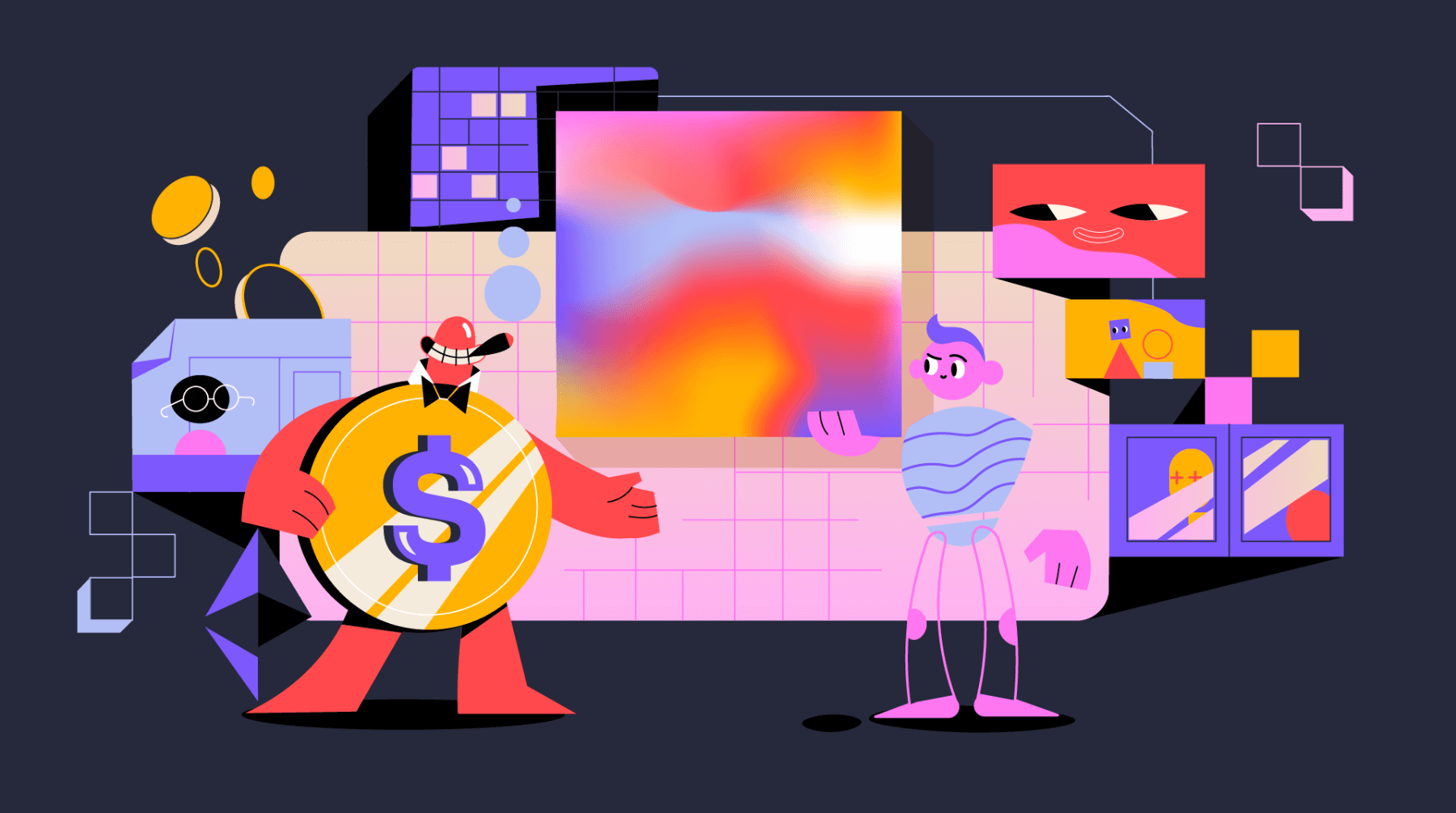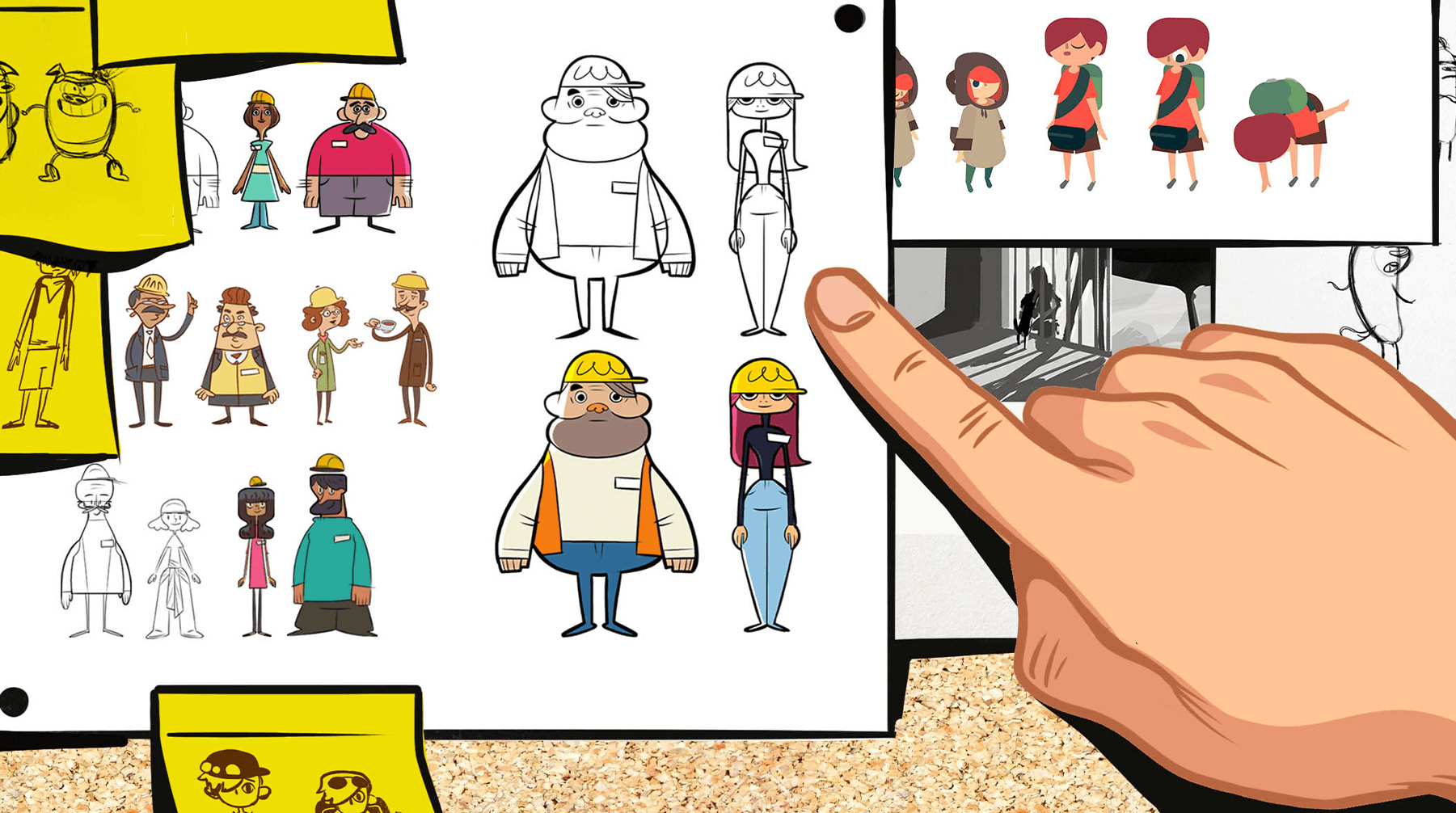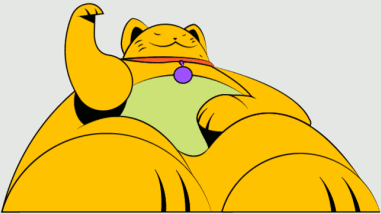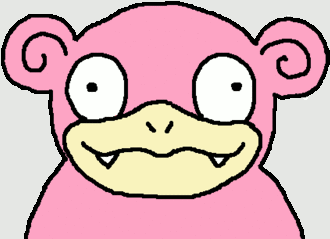What Is Concept Art?
Basics
Pigeon Studio
10.06.2022
5 minutes
When it comes to producing animation, we often tend to focus on the design process and entirely overlook one of its crucial phases - concept art.
Concept art lays the foundations of your animation design by producing an idea that aims to capture the visual feel of the project, and serves as a point of reference for illustrators and animators throughout the entire creative process.
What Does a Concept Artist Do?
A concept artist draws up illustrations and character designs that express the client’s brief in a sketch form on paper. They also act as a blueprint for other designers to use throughout the project.
At an initial stage, the artwork should remain simple but specific. In most cases, 1-2 designs will help to visualise the preliminary idea. In order to capture the general direction of the brief, the animation team needs to be flexible and aware of their customer’s preferences.
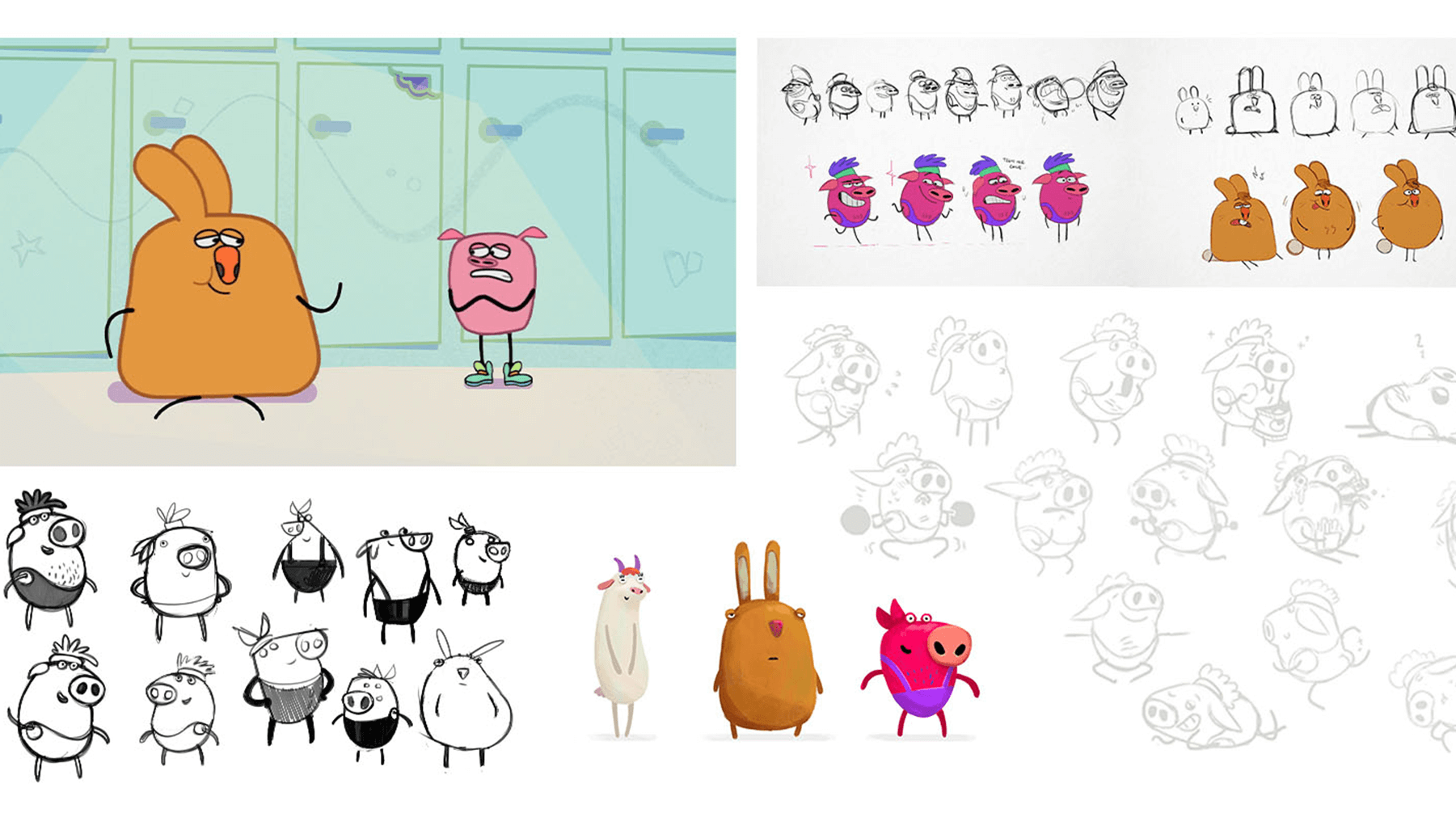
Once the sketches are ready, the team verifies the project’s potential to be translated to animation and to match the commissioner's vision. In the end, the designers consult the client for their feedback and approval.
Communication with the Animation Studio
Clients often reject designs for artistic reasons and need to see several versions before they accept one. Since remakes and starting over can be very time-consuming, it’s extremely important to keep the designs uncomplicated and precise. This way, the artist will be able to draw up many layouts without wasting too much time.
Successful communication between the client and the animation studio is absolutely crucial for the project to run smoothly. A detailed explanation of the client’s expectations allows the studio to present a mood board with relevant, matching examples from their portfolio and other animations available online.
By producing a number of diversified sketches and showing alternative visions to choose from, the artist triggers customer's imagination and assists in vocalising their needs.
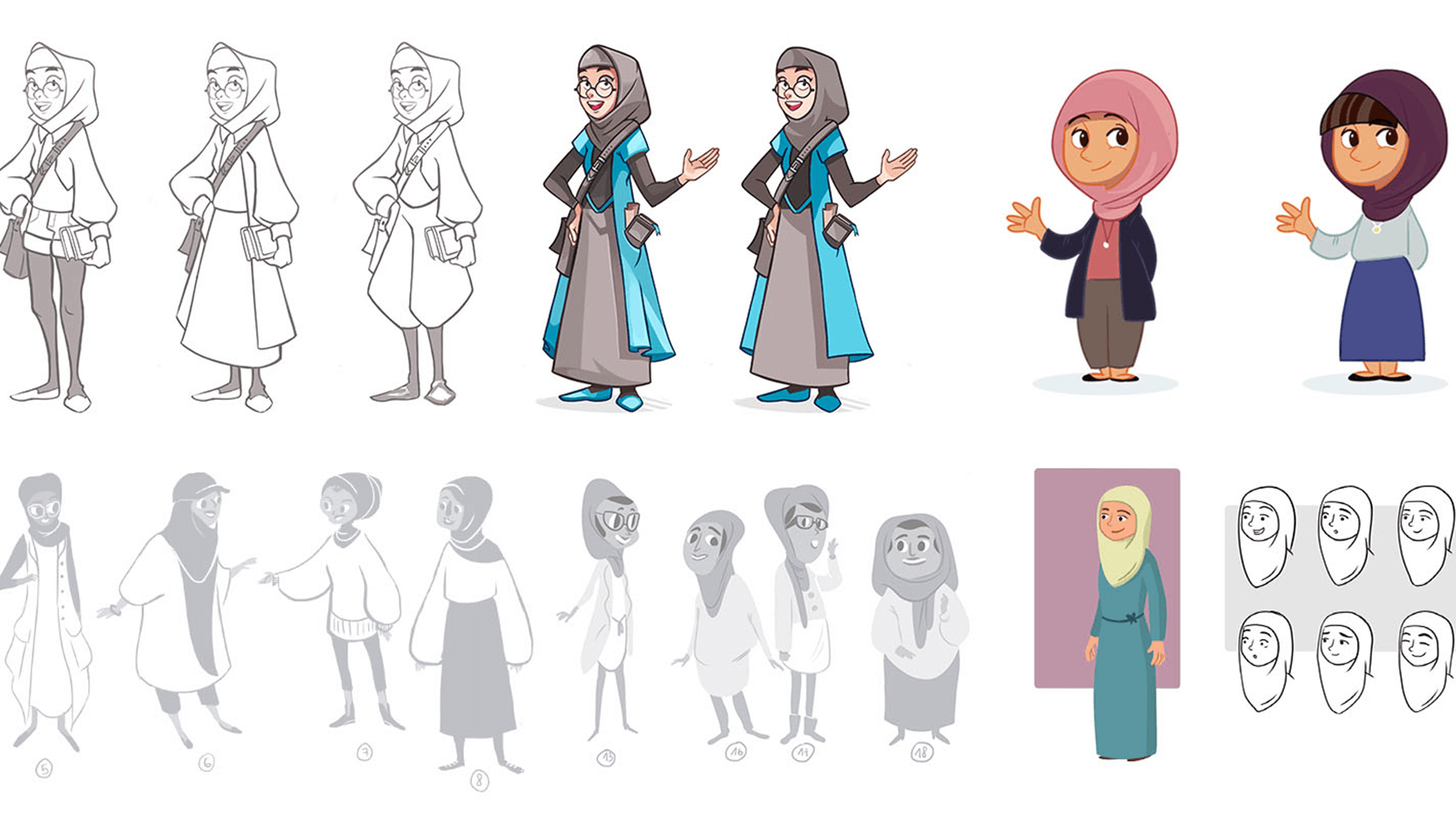
Since concept artists are the first to set the direction of the project, it’s critical to start collaboration with the animation studio in an open and honest way in order to make sure that the original brief has been fully understood.
Concept Art or Production Art?
Despite some similarities, concept art is very different from production art. A production artist produces elements that are put into motion, such as backgrounds, models, textures and animation. Concept art is simply a sketched preliminary design.
The role of a concept artist is to quickly draw up a variety of rough design ideas and eventually set a final style reference for the project to follow later on. The role of a production artist is to provide a top-quality manifestation of the ideas expressed in concept art.
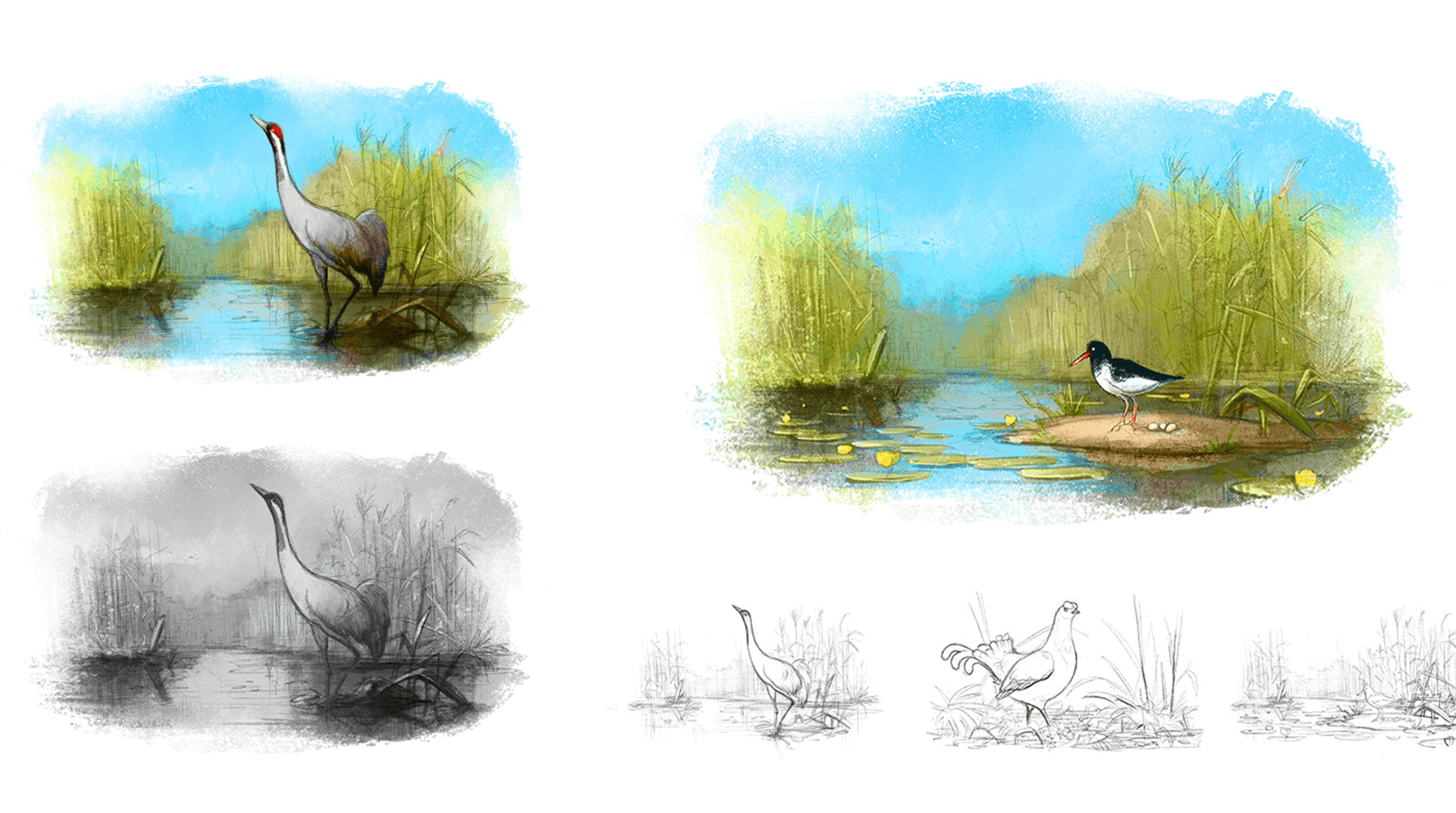
The production artist’s job is the delivery of in-product art for the purpose of animation. There is, therefore, little to no variation in such elements as character design. In many ways, production art is a part of the production process.
Concept Art: The Backbone of Your Animation
Concept art is the heart and soul of your animation. Clear and fruitful communication between the artist, the design team and the client is necessary to discuss the initial visual ideas early in the project.
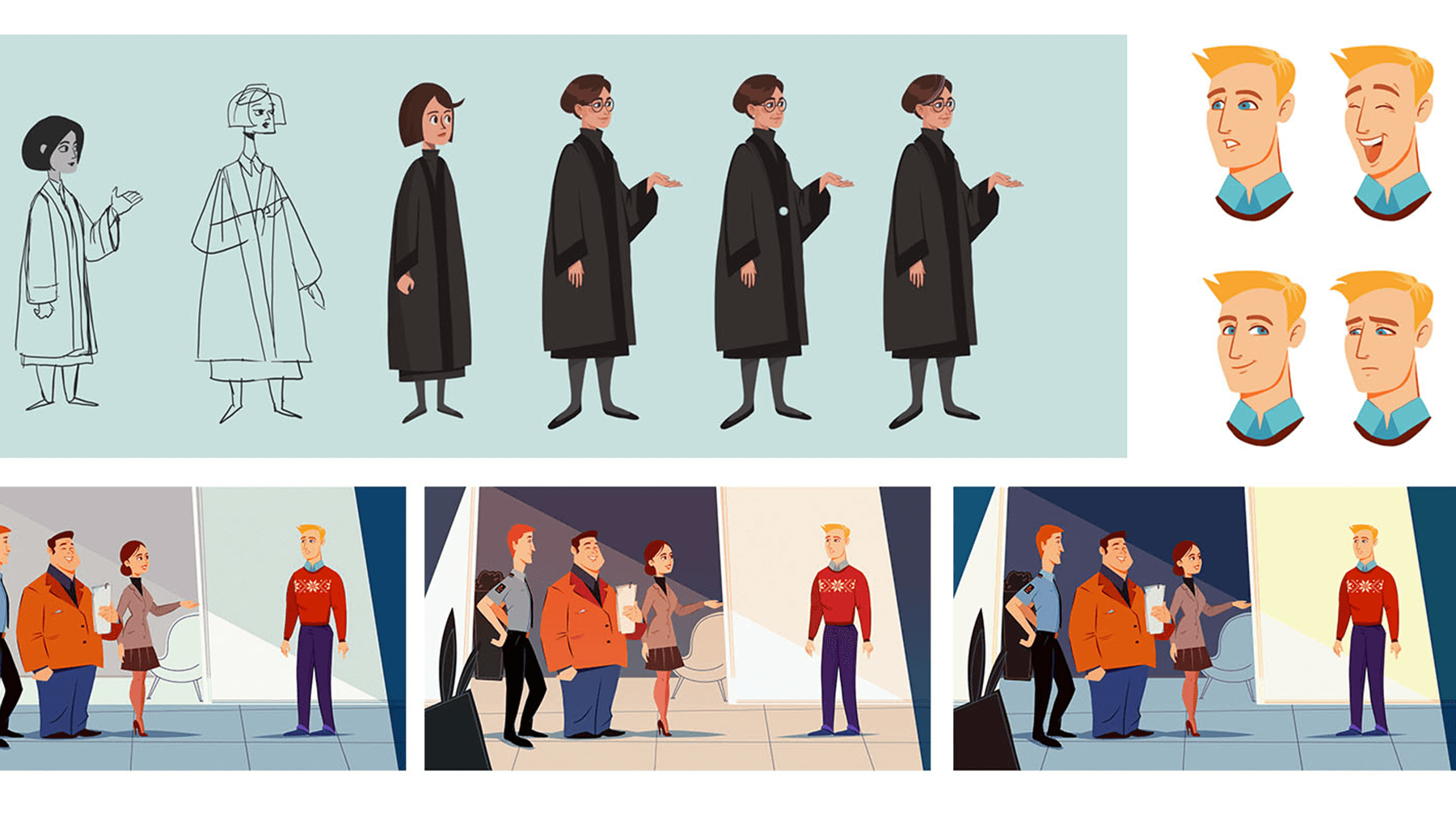
Quality concept art and open feedback ensure that the animation is in line with the client’s expectations, and, most importantly, that the end result encapsulates the message they’re aiming to send.
Finally, concept art is the first step towards a well-tailored business animation.
Through motion, we translate brands, products, and ideas into captivating and impactful content.
Enter your email address:
